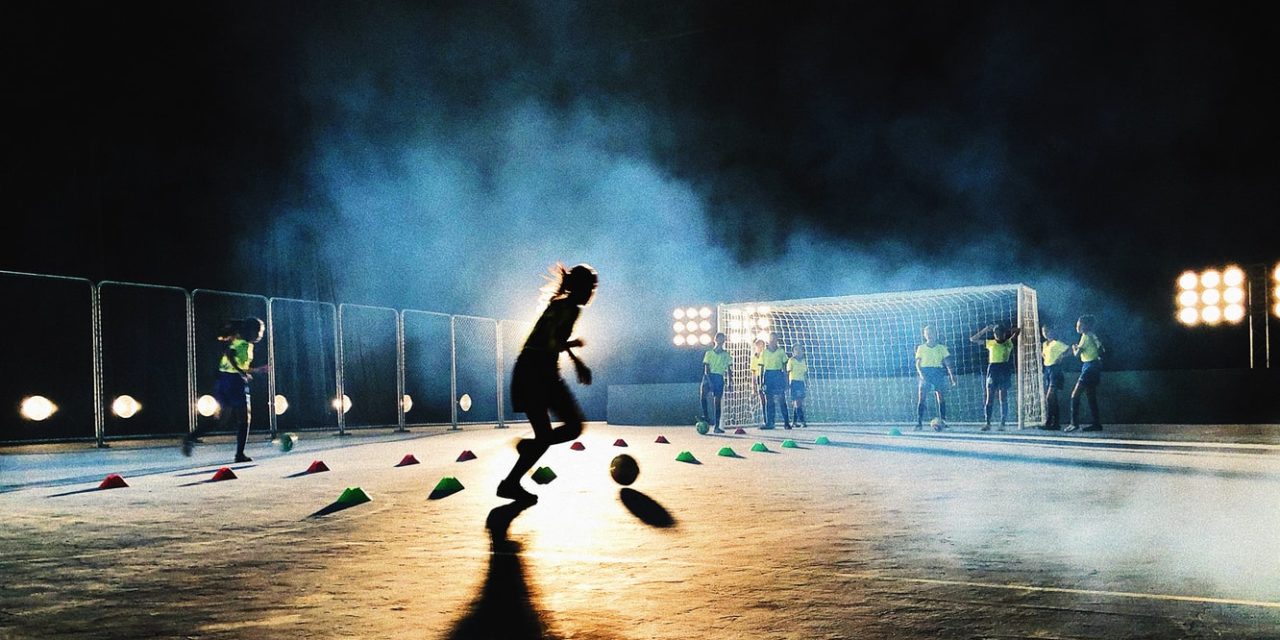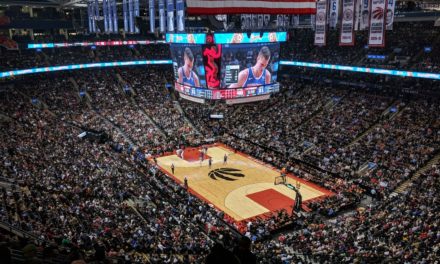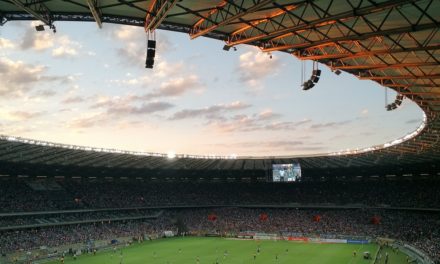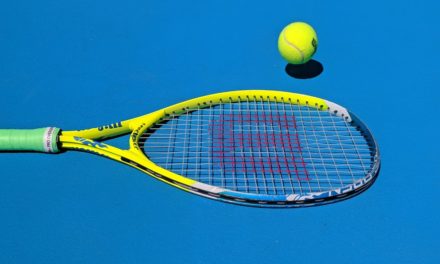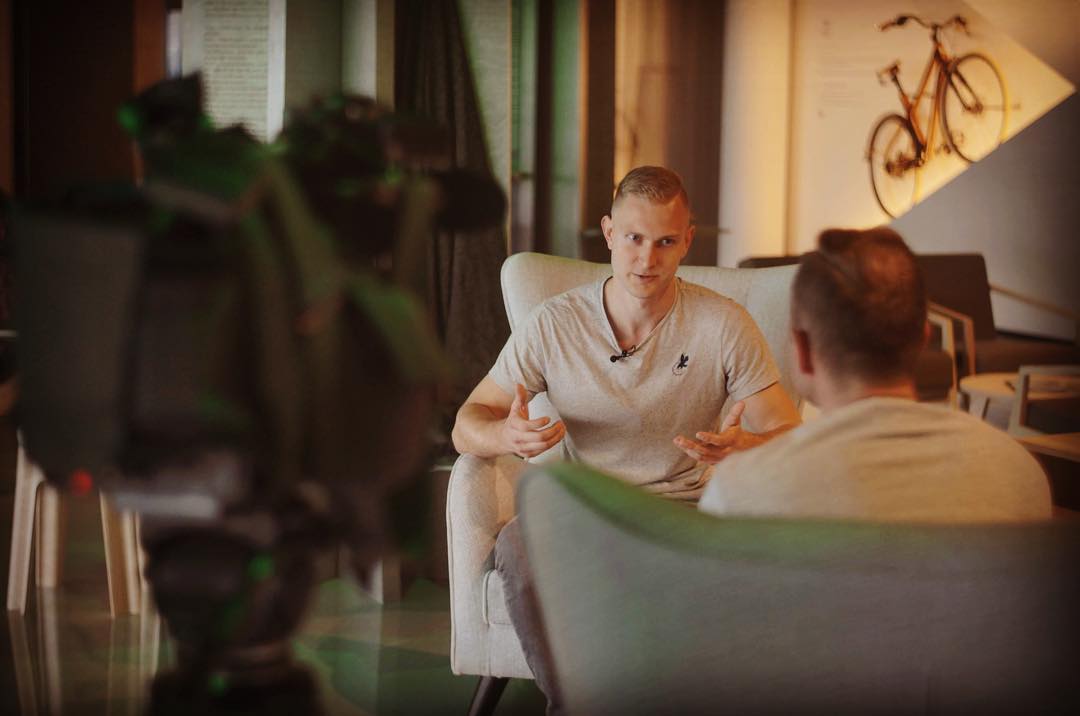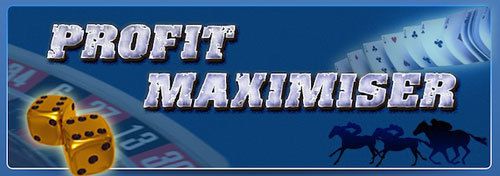If you have traded the over goals market on Betfair then you would have noticed something, from the very first whistle, sometimes before, the price is going up which means that your over goals trade is slipping further and further into the red.
What do you do?! You are sure the game is going to end up with more goals than you’ve said it will, but while goals aren’t going in your virtual losses are getting bigger and bigger. Then what if it’s 0-0 at halftime (HT)? Or a goal is scored by the underdog right at the end of the 1st half? The price for the over market you’ve chosen hardly gets to your original price.
If you cash out now you lose money but if you wait till the second half and there are still no goals you risk losing it all. With 55 minutes on the clock and more than half of your original trade gone, you decide to cash out and turn off the game. Later you discover that there were three more goals scored in the last 20 minutes of the game and you curse your luck that the goals weren’t scored in the first half.
So how are you meant to play this in the future? Are all over goals trades just normal bets in disguise? How do other traders trade this market; what’s the secret?!
The problem comes if you are in a market which is sliding into the red from the moment you place your first trade. In other words, nothing but the simple passage of time sees your trade run away from you.
The passing of time will affect all trades, in all sports, when I talk about the passing of time, I am talking specifically about a situation whereby two teams or individuals are competing against each other and the contest is even or at least the score is staying even.
The passing of time will affect all markets in all sports, but it is not an even spread; so for instance in a game of football where the two teams have been priced up fairly evenly, say one at 1.9 and the other at 2.6. The odds of either team winning will slowly creep up as time goes by and the game remains at 0-0. Whereas in a game of tennis as time passes there gets to a point where one of the players is going to be one set up, which in itself is enough to effect odds.
However the odds for the over goals markets in a game of football will go up dramatically as the game goes on. There may be times when they slow down a bit because of the pace of the game and the goal opportunities happening. However the slowdown won’t last without goals, without goals your over goals trade will suffer a slow heat death right in front of your very eyes.
It is not a good feeling watching the Levante goalkeeper make save after amazing save against Real Madrid when you have put money on over 4.5 goals. By half way through the first half you could see up to half of your initial stake wiped out.
By half time you could be facing a choice of cutting your losses to get back 20-35% of your original stake, or letting it ride into the second half hoping that the Levante keeper breaks his hand or someone shines a laser torch in his eyes.
So those are your choices, trade out, or just turn your trade into a virtual bet and just let it ride regardless of what the odds are doing. Then you remember that you don’t want to be a gambler, you want to be a trader, you trade out after ten second half minutes and then fifteen minutes later you watch Real Madrid score three goals in two minutes.
Lame.
A version of the above story has happened to me, it’s happened to a lot of people; you’re sure a match will end up more than a certain amount of goals and it does, but all or most of those goals are scored in the last quarter of the match.
Over Goals Strategy
Obviously the best time to put money on over a certain amount of goals is just before a goal goes in, but there is no way of knowing for sure when that is going to happen; so what’s the next best thing?
The answer is a dynamic strategy, by dynamic I’m talking about a fluid strategy that you can change as the game evolves. Dutching, sometimes called Hedging is an example of a dynamic strategy, using this technique is like an insurance policy you use to insure you against no goals.
So let’s look at some Dutching techniques you would use depending on what your initial trade is.
The lower the goals you back, the lower your insurance policy will be, so if you back over 1.5 goals, there are three scores that kill your trade 0-0, 1-0 and 0-1.
Play around with the amounts put on until you get a reasonable balance in both markets
So backing 0-0 as well will cover you nicely, because in the event of no goals in the first half you will be in a winning position with your 0-0 trade and you can cash out. Then of course, you’ve always got your over 1.5 trade left.
In the event of an early goal you lose your 0-0 but the over 1.5 bet is now tradeable and you can make a profit on that.
With over 2.5 goals the amount of scores that kill the bet are now double because you now can add 1-1, 2-0 and 0-2 to the previous ones.
Working out what to cover is relatively easy, because you ask yourself the question; “which of these events puts me in danger?”
Obviously we can rule out both 2-0 scorelines because if it is 2-0 at anytime in the first half we can trade to at least a point of zero liability. So 0-0 and the late 1-0s are bad, but the 1-0s are not as bad as each other.
If the game goes to plan £13 is lost on the CS market and £60 is gained on the over 2.5 market.
If like in this example, you are trading on a game that is mismatched, then a goal for Elbar late in the first half may not affect the odds as much as a goal for Barcelona.
This is because the market may think that Elbar are defending well and may hold off for a narrow win or draw. So you will have floods of traders closing their over goals positions in panic. That will keep the price high, which is no good for you because you now want to lay after earlier backing.
So in the case of Barcelona v Elbar you would cover 0-0 and 0-1 as well as your over 2.5 goals.
This means that in the event of Elbar holding out for 60 minutes at 0-0 your over 2.5 bet would go into the red and eventually be unsalvageable, but your 0-0 and 0-1 bets would be in profit, in fact 0-0 for that long would be enough to recover your losses and make money overall.
In the case of Elbar going 0-1 up you could leave that till around 60-70 minutes depending on how the game was going and know that if Barcelona equalise your over goals trade comes alive again, if not your 0-1 will get to a point where you can trade for a small overall profit or tiny loss.
This position covers you in the event of just one early goal as the 2-0 and 3-0 will fall and if Elbar score early 2-1 will also come in.
Obviously I just wanted to show you what CS you would cover if you were doing over 2.5. But in reality you would probably trade over 3.5 or even over 4.5 with a game like Barcelona v Elbar then you would cover the 2 and 3 goal scores like 2-0, 2-1, 3-0. You may also decide to cover 0-0 but this would be something you would look to trade out before 15 minutes.
So remember when analysing how the game you are going to trade on will go, think about scenarios which could ruin your over goals trade and then try and cover them in the correct score market. In the perfect scenario you will win on all of your trades, but the more likely is that you win on one, just make sure you know which outcome you are going for and you will be alright.

